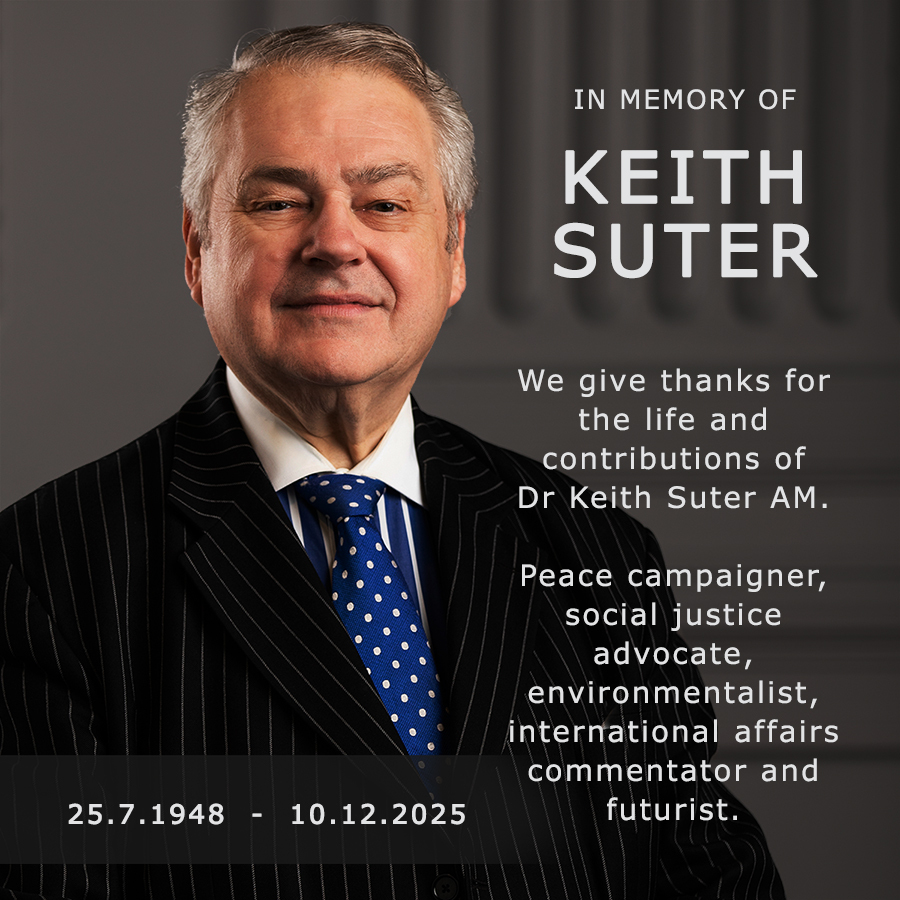
Archive Article – Slavery Today 19th Sep 03.
December 23, 2008
There is a common belief that slavery is a thing of the past. Many people learnt at school about the wonderful work done by organizations such as the Anti-Slavery Society and individuals like William Wilberforce. They assume that the campaign to end slavery was won many decades, if not centuries, ago.
I have just been reading the Annual Report of the London-based Anti-Slavery Society. Alas, the Society is still very much in action. The Society was formed in 1839 and it is the world’s oldest human rights non-governmental organization. It is committed to eliminating slavery through research, raising awareness and campaigning. It works with local organizations to put pressure on governments to acknowledge slavery and to take action to abolish its practice. The size of the task is still immense. The International Labour Organization estimates that there are about 8.4 million children alone in slavery – one in every 175 children around the world. Meanwhile, an estimated 179 million children aged between 5 and 17 are in work that is hazardous to their mental and physical health – one in eight of the world’s children are in this age group
Another 20 million or so people are enslaved as bonded labourers around the world; most are in South Asia. For example, these people may have borrowed money (or perhaps their forebears did) and they are working to pay it off. Unfortunately they cannot read or write and so have no idea when they have worked off the debt – and so they are just kept working. Thanks to organizations like the Anti-Slavery Society, such work is now a criminal offence under international law – but corrupt local governments and police officers have been slow to enforce the rules.
The Anti-Slavery Society has co-operated with the Brussels-based International Confederation of Free Trade Unions in producing an extensive survey of this problem: “Forced Labour in the 21st Century”. The booklet notes that the issue of forced labour has been given greater prominence on the international human rights agenda, and so some progress is being made. For example, there is a growing campaign for international sanctions against Burma, which is a major user of forced labour.
Human trafficking is the fastest growing means by which people are enslaved today. Women, children and men are coerced and deceived by traffickers who promise work with good pay and opportunities in areas far from their family and community. The reality is a harsh contrast. Instead, they are forced through the threat or use of violence to work against their will. At least 700,000 people are trafficked each year.
The Anti-Slavery Society is tackling trafficking by working for the development of laws with a human rights focus, producing the first research on cases of how trafficked people are protected, and raising awareness of the issue among decision-makers and the general public. It is also helping to strengthen the ability of local organizations to fight trafficking in their own country.
In short, the Anti-Slavery Society, with its partner organizations, has an immense task. Not only has it got the problem of ending slavery – but it also has the initial problem of letting people know that there still is a problem with slavery to start with. Slavery is not just a matter for the history books.
Broadcast Friday 19th September 2003 on Radio 2GB’s “Brian Wilshire Programme” at 9pm

